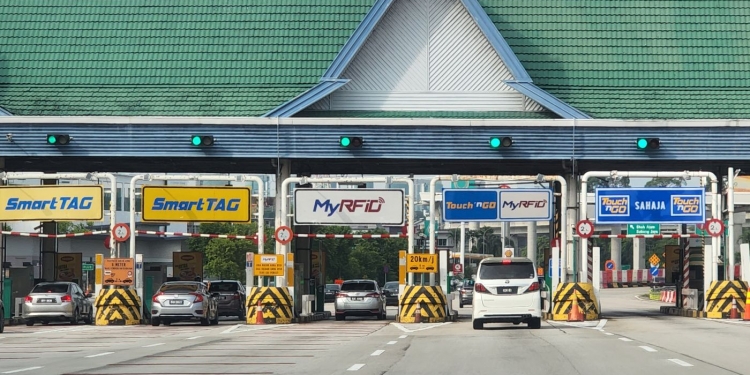The adoption of RFID is the first step towards a barrier-free Multi-Lane-Free-Flow (MLFF) tolling experience which the government aims to achieve by 2026. In January this year, highway concessionaire PLUS implemented RFID on the North-South Expressway from Juru to Skudai with at least one lane on every toll plaza. Now it seems that PLUS is gradually adding more RFID lanes which is good news for RFID users.
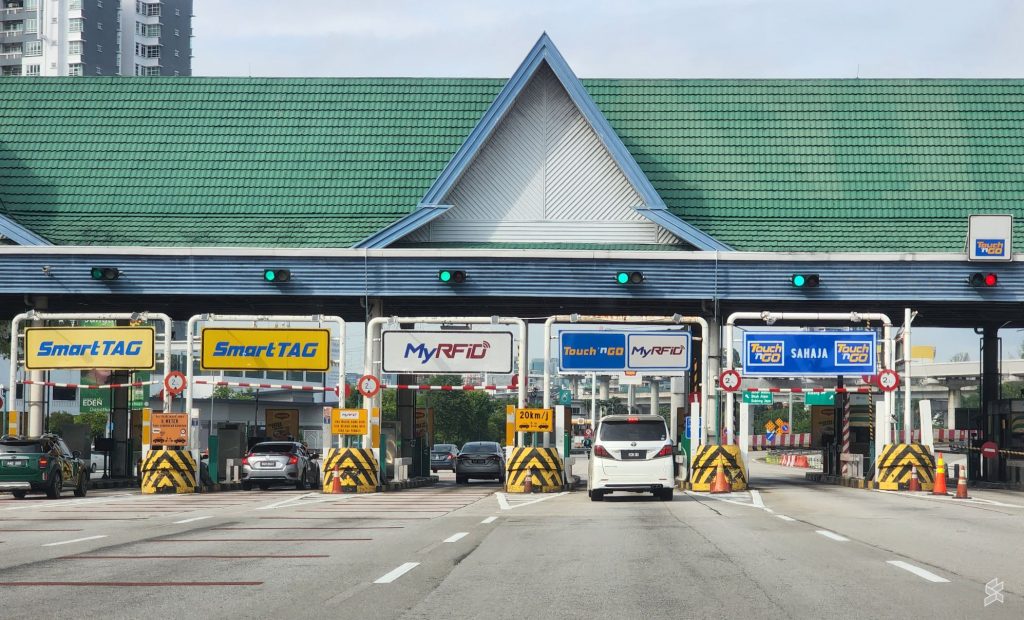
While exiting the highway at Subang Toll Plaza, we noticed a new hybrid lane offering both Touch ‘n Go and RFID on the right of the existing dedicated RFID lane. Meanwhile, while entering NKVE at Shah Alam, we also spotted a new hybrid lane offering both SmartTAG and RFID that’s coming soon, located left of the existing RFID lane.
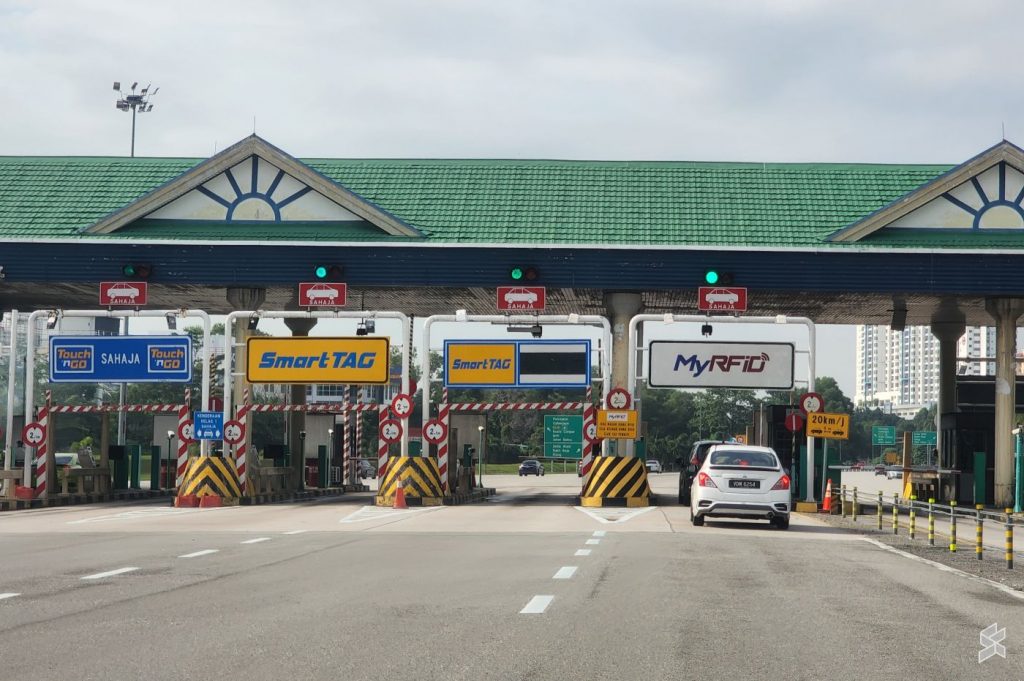
From what we’ve seen from social media postings, there are also extra RFID lanes at Subang Besi Toll Plaza exit, Rawang Selatan Toll Plaza exit, Jalan Duta Toll Plaza exit, Shah Alam Toll Plaza exit and Bertam Toll Plaza entry. The new lanes should help to reduce congestion during peak hours especially if an RFID tagged vehicle is stuck in the lane.
PLUS has said previously that it will convert existing TNG and SmartTAG lanes in phases according to the adoption rate of RFID and the placement of the lanes will depend on the traffic flow of each toll plaza. This simply means if there are more RFID users than SmartTAG and TNG, we should see more lanes converted to RFID sooner. The Works Ministry told Parliament that it aims to increase RFID adoption for highway toll payments to 60% by the end of 2022 before phasing out TNG Card and SmartTAG by the end of 2023.
Tips for a smoother RFID experience
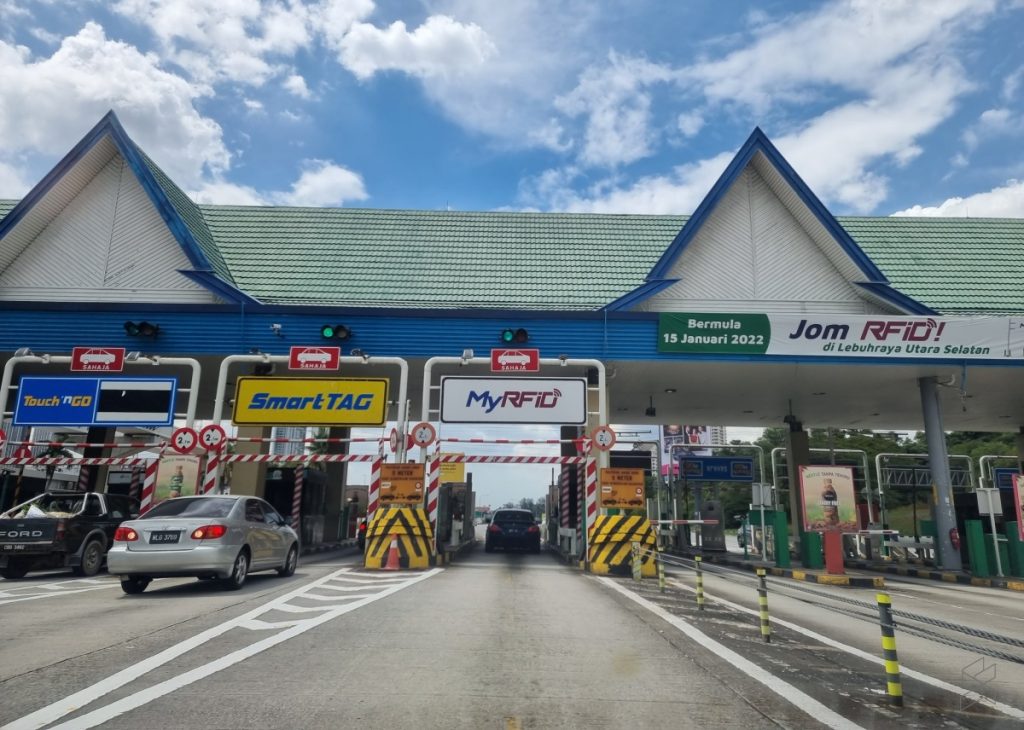
If you’re using RFID, do ensure you have sufficient balance in your Touch ‘n Go eWallet at all times. Even if you have a linked TNG card, the RFID system will only deduct the fare from the TNG eWallet, and it can’t get the balance from your physical card. For a hassle free experience, it is recommended to enable auto-reload with your saved credit card and it is advisable to set a higher auto-reload amount if you’re expecting to pay higher toll fares on the North-South Expressway.
There has been reports of RFID users getting insufficient balance amount errors despite having enough credit in their eWallet when passing thru an RFID. From our observation and experience of our own team, there appears to be a delay between TNG eWallet and TNG’s RFID system. If you’re low on balance and top-up several minutes before going through an RFID lane, you might get stuck at the RFID lane. It is advisable to reload much earlier or simply enable auto-reload.
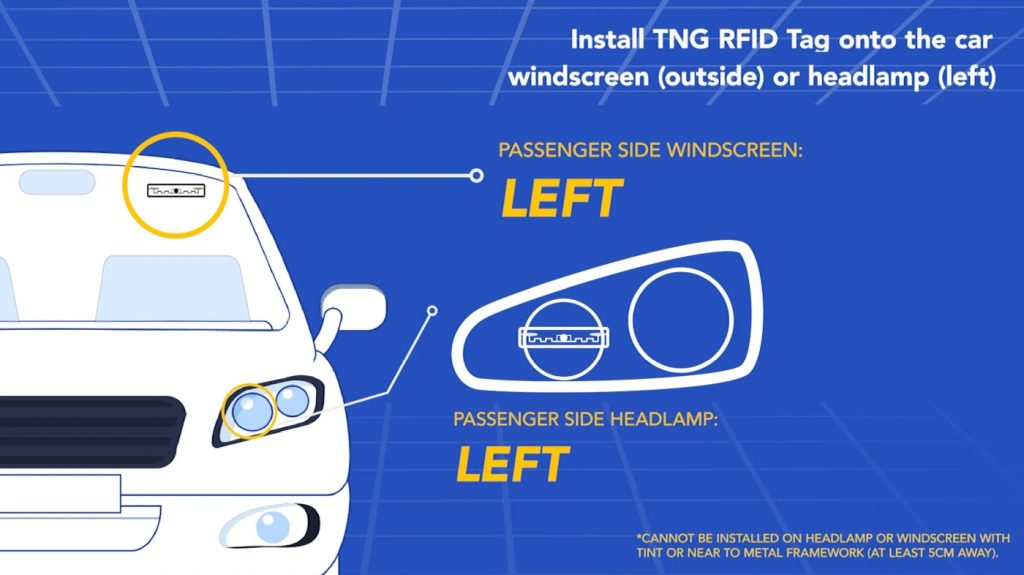
A new TNG RFID tag is going for RM35. If you’re installing TNG RFID on your own using the self-fitment kit, it is recommended to install the tag according to the recommended instructions. The tag can be attached on the passenger side headlamp or on the passenger side windscreen. If you have issues with the tag, TNG is offering a one-time replacement for the RFID tag. If you’re not sure about installing on your own, you can get your RFID fitted at authorised fitment centres.
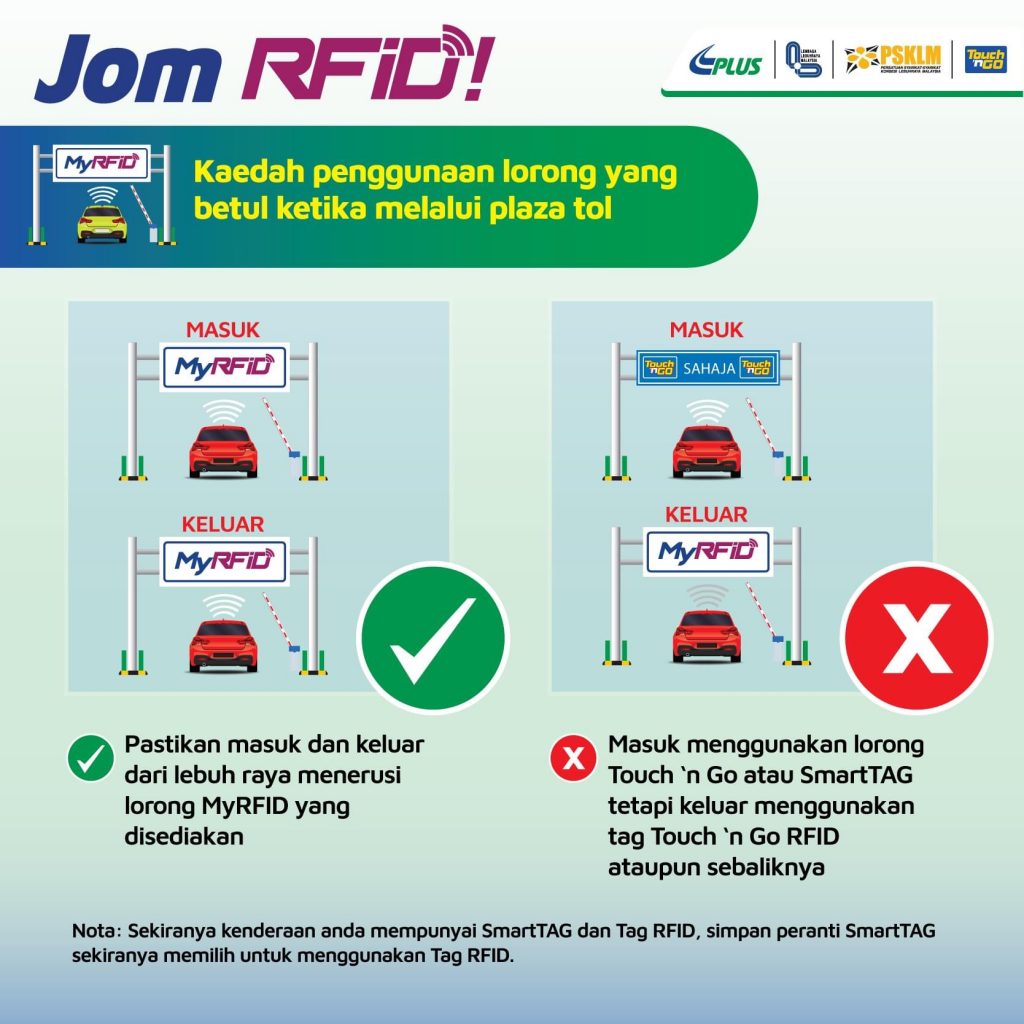
If you’re using PLUS highway, take note that it is using a closed-toll system where the toll charges are calculated based on the entry and exit points. To avoid any shocking penalty charges, PLUS urge all RFID users to enter and exit using the designated RFID lane. If you enter via RFID but exit via TNG or SmartTAG, you will be charged the highest fare as penalty as Touch ‘n Go’s system will not be able to recognise your entry point.
If you face difficulty at the RFID lane, you can press the intercom and a toll plaza staff will come to assist you with a handheld RFID scanner. For a better detection rate, it is recommended that you enter the RFID lanes at no more than 20km/h. The current RFID scanners are currently not operating at full power to avoid detecting RFID tags of other vehicles on adjacent lanes. This speed limitation won’t be an issue once MLFF is implemented.
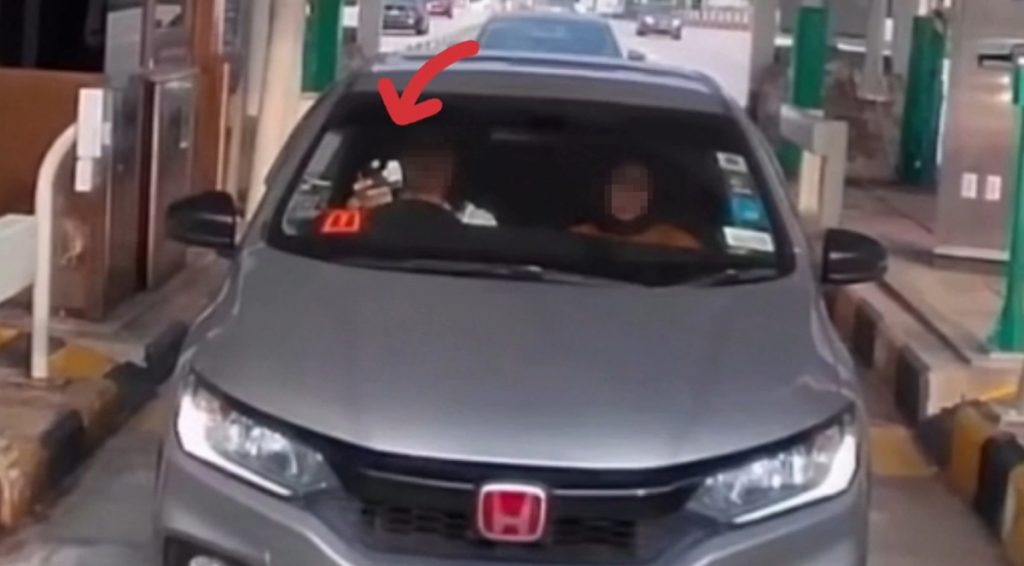
For non-RFID users, take note that RFID is strictly for RFID-tagged vehicles only. There are some instances of SmartTAG users who are not aware that the SmartTAG lanes were changed or thought that RFID is backward compatible with SmartTAG devices. Before entering the toll plaza, do pay attention at the markings on the road as well as the signages above the toll plaza lanes.
Take note that PayDirect is not enabled on PLUS highway, so if you’re using the TNG physical card to pay for toll, you’ll have to ensure sufficient balance on the card.
Still a lot of work required before MLFF is implemented in Malaysia
At the moment, RFID tolling in Malaysia is implemented with barriers where vehicles need to slow down, which is far from ideal. Before MLFF is implemented, the next progression is to implement a Single-Lane-Free-Flow (SLFF) where the barrier (aka palang) is removed for the RFID lane. There are several hurdles that need to be addressed before barriers and physical toll plazas can be removed completely.
The first thing to address is the legal framework to enforce fraud and bad payments in Malaysia. Toll dodgers are obviously the biggest concern for highway operators and there’s a need for an effective mechanism to recover unpaid tolls before the barriers can be removed. In countries with MLFF such as Australia, vehicles without RFID will be charged via the Automated Number Plate Recognition (ANPR) system and they would need to settle the outstanding toll charges within a grace period. This can be paid online or at kiosks and participating petrol stations. Additional fines will be imposed if the toll charges are not settled by the due date and legal action can be taken against the owner to recover the debt.
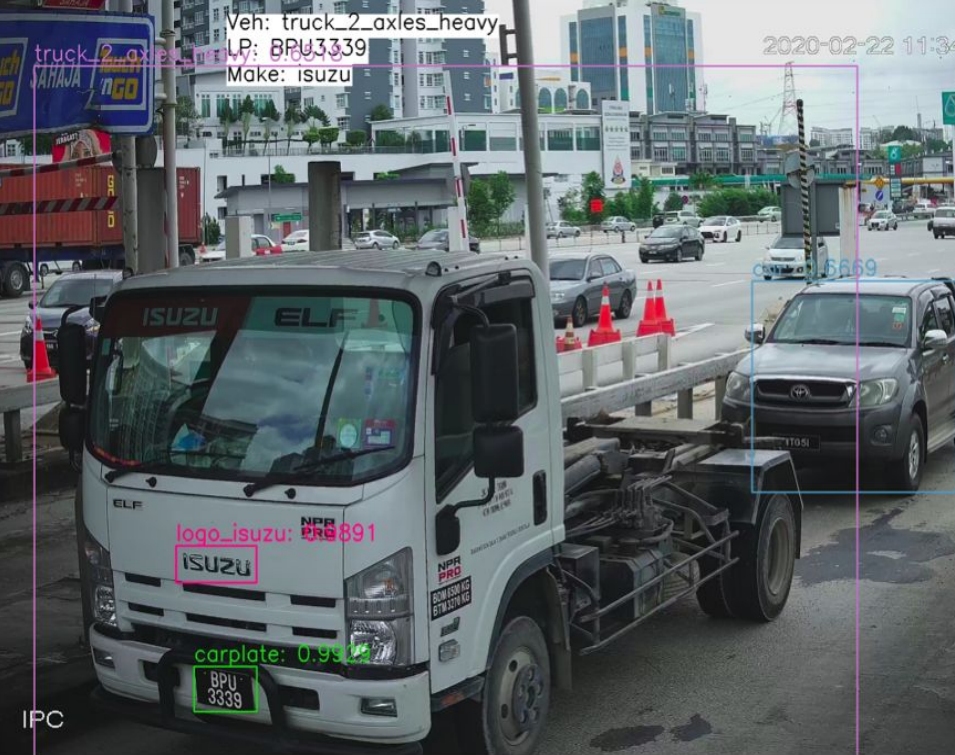
In case you didn’t know, PLUS has implemented with ANPR which uses Nvidia’s GPU and AI technology. Besides recognising number plates, the system can also identify the vehicle type so that the right toll fee is charged according to vehicle class.
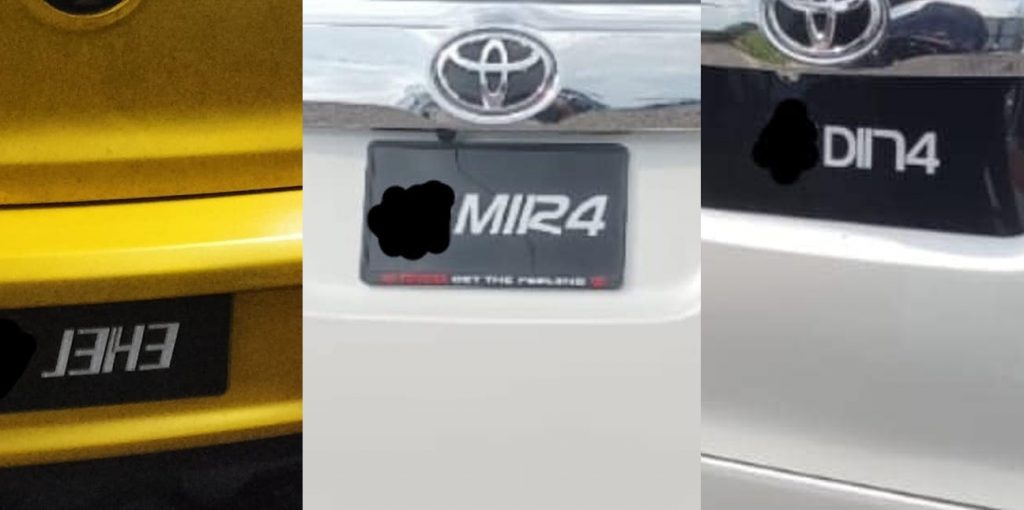
However, for ANPR to work effectively, there’s a need to enforce standardised number plates which is current a problem in Malaysia. If a fancy number plate can’t be read by a human, it would be even harder for any AI to recognise the characters properly.
Related reading
- PSA: How to avoid expensive penalty toll charges when using RFID?
- PLUS enables RFID at Juru-Skudai toll plazas at 10pm on 15 Jan. Here’s what you need to know
- Works Ministry: Govt targets to phase out Touch ‘n Go card and SmartTAG use by end of 2023
- TNG monopoly on highways to end in 2025 when MLFF is implemented with RFID

